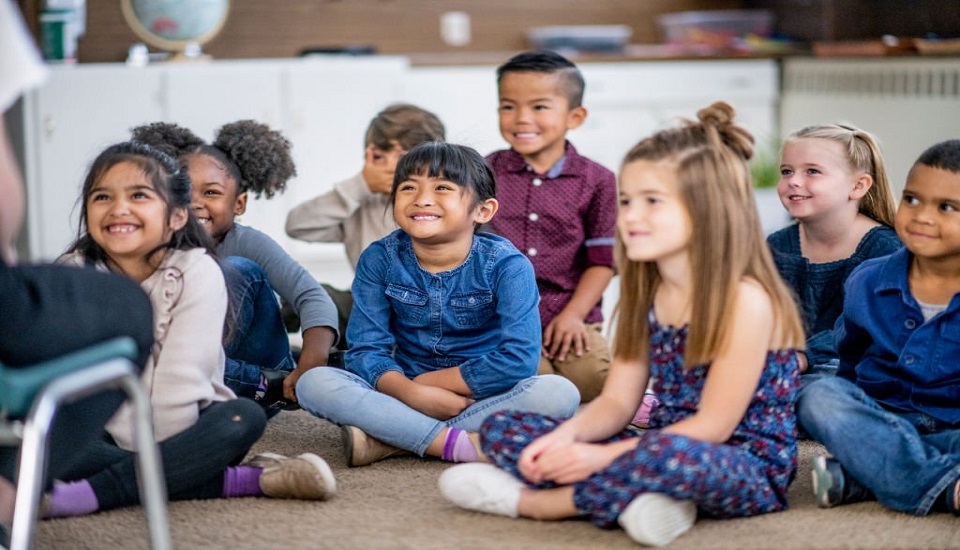Why Mixed-Age Batches Are Gaining Fame In Montessori Schools?
12th March 2022
All of us have encountered a common thing in every aspect of life that with age comes experience. Well, I would love to contradict this particular and popular statement by giving a strong counter-statement. Imagine, an orphan girl who is growing up alone and is pretty aware of the fact that in the near future she has to do make something happen so that she can become financially independent because she does not have her parents to take care of her. Whereas, another girl who’s born and brought up in a lavish environment will hardly experience what struggle is.
Therefore, the level of experience of a person is equally proportional to the circumstances or situations he/she has gone through. Montessori teaching practices believe that every child is unique and each is having specific talent or ability whose contribution is quite essential for society. Montessori environments of mixed-age groups are effective because having groups of mixed-age students, different types of experiences can be heard of. As a result, the social, emotional, and intellectual development of kids constantly accelerates.
A mixed-age classroom gives real-life examples because the daily life of a kindergarten kid (3-6 years old) is a bit different than that of a preschool kid (6-9 years old). It has been observed that some kids learn faster, or slower, keeping children of the same age learning the same concepts will end up leaving some behind, and pulling others back. According to a Montessori teacher, learning has little to do with age, and much more to do with how well they absorb and interpret information, as well as their learning style.
Exposing kids to a mixed-age group environment helps boost their learning experience and their development in several ways and this is one of the biggest advantages of a mixed-age group in Montessori classrooms. Montessori teacher training courses focus on taking care of every individual child and tracking their progress rate. These multi-age classrooms are having attractive benefits and hence, these are gaining more fame than the traditionally schooled system where older students are not mixed with an infant-toddler group of children.
These are the major benefits of having a mixed group of students in a Montessori classroom.
- A mixed batch of students diminishes the competition level, as every child is at a different stage of learning, unique to their development.
- Encourages kids to build strong bonds with others in a similar way like they interact with their elder or younger siblings.
- It helps kids to learn more from their classmates, ie., peers.
- Better social and academic skills than traditionally schooled children.
- The older kids are good role models for younger children.
- Gives the kids the ability to become mentors to the younger ones by giving them proper direction. For example, the older kids can mentor younger ones to keep things in order, or how to clean the area after a painting session.
- Gives the older children a stronger sense of self-worth as they’re helping others.
- Teaches kids to be empathetic to others around them, to recognize when others need help, and helps them to become more independent in their actions.
These are the benefits of a multi-age or a mixed-age group in a Montessori classroom. Montessori teachers being trained by Montessori teachers training courses are learning the best methodologies to become a successful Montessori educator and handle mixed-age batches of students to the best extent.
Written By: Soma Rajashekhara
Leave a Reply
Recent Posts
- Make Language Learning Fun 5 FunFilling ESL Activities For Teachers To Implement In ESL Classroom
- The Role Of Teachers As Counselors In Eradicating Students Fears
- Achieving Financial Stability For Special Need Parents
- Make Teaching English To Beginners Fun And Engaging With Our 5 Effective Tips
- Achieve A Healthy WorkLife Balance As A Teacher With This Alternative
- Foster A Growth Mindset In Your School Students Teachers And Staff With Proven Strategies


